We live in a world that’s bursting with beauty. All over the world, places with majestic sceneries, wildlife and plants exist, all unique and important. Some of these places are responsible for Earth’s ecological balance. Unfortunately, many of these places are confirmed to be slowly disappearing. In a century, most of these places will have completely ceased to exist. Visit these places (and help in their protection) before they vanish entirely.
Sundarbans

Literally translating to ‘beautiful forests,’ the Sundarbans are not only home to a large variety of threatened and endangered species but is also the World’s largest mangrove forest. The Bengal Tiger is only found here. Today, the World Heritage Biosphere is threatened by sewage, industrial pollution and deforestation for timber. Experts believe that in a little less than 50 years, these forests will cease to exist entirely.
Venice, Italy
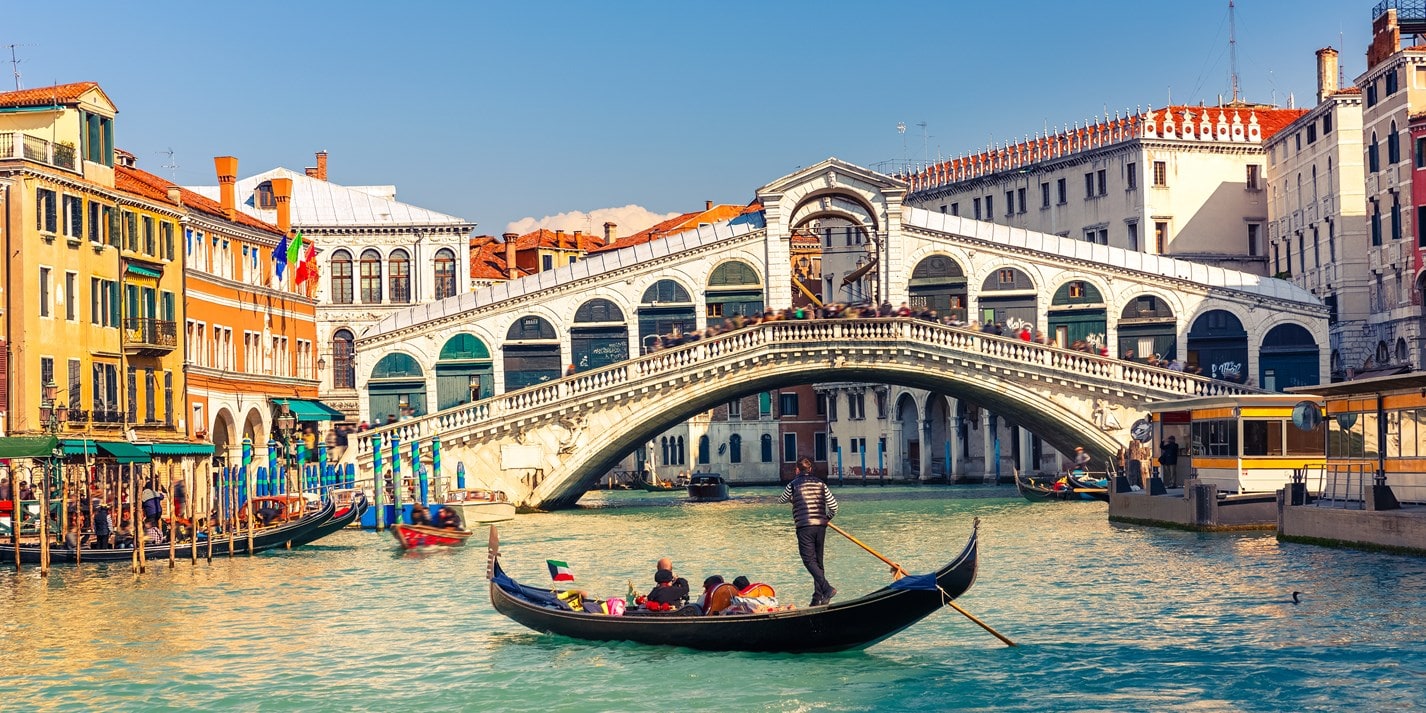
One of the most romantic cities, with its twilight skies and charming cafes, Venice, also known as the ‘floating city,’ has been known to be one of the first cities to lose itself to rising ocean levels. Besides subsiding 110mm underwater, the city has also sunk 120mm on its wooden foundations. Although a project to install a system of mobile floodgates is underway, there is much debate over whether this is enough to save the city.
Congo Basin, Congo
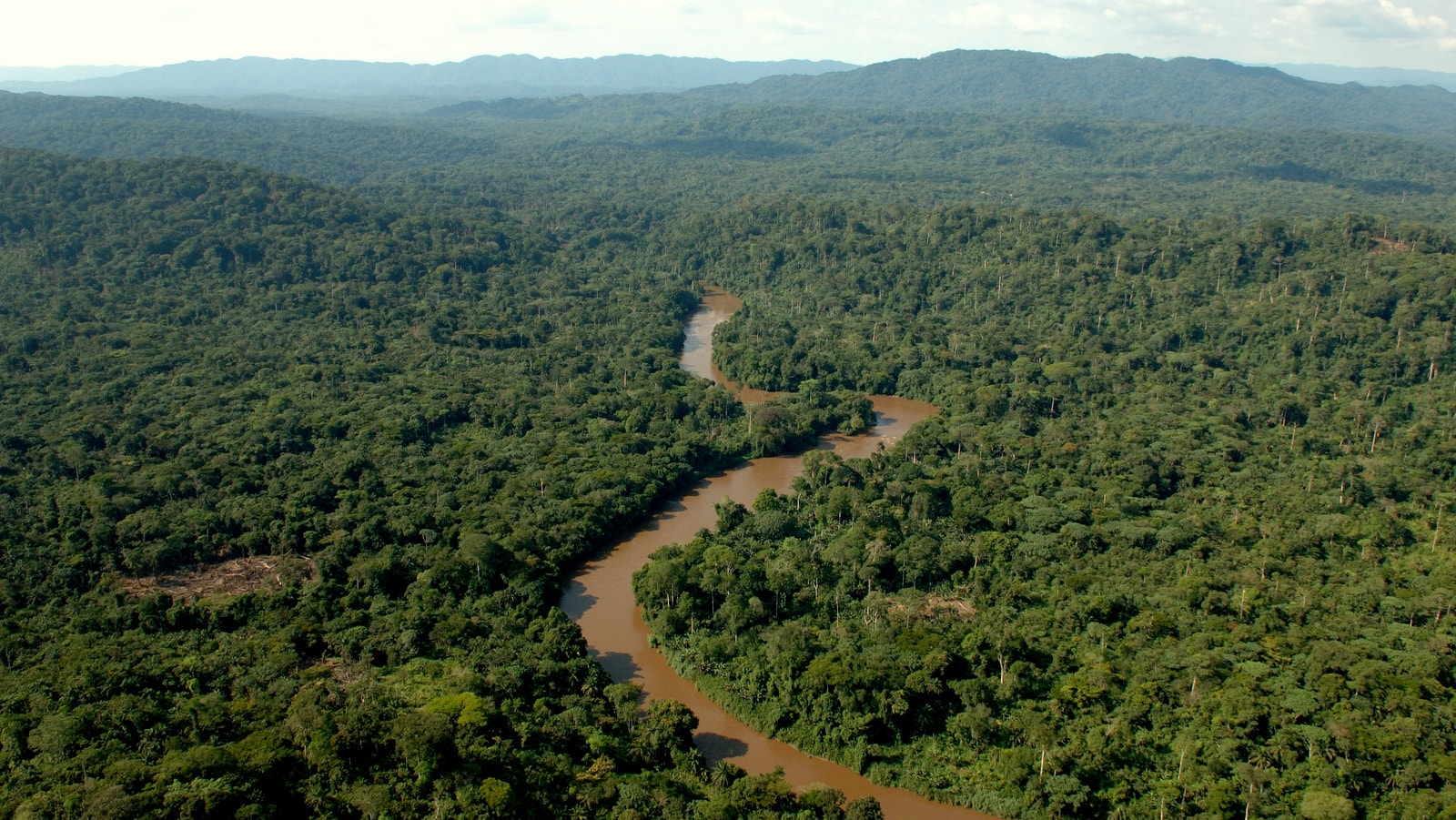
Responsible for almost half the world’s oxygen and covering six countries, the Congo Basin is one of the most important yet fragile biospheres on the planet. Rich in wildlife like elephants, buffalos and gorillas over savannas, swamps and forests, this is, without a doubt, teeming with biodiversity. Attacked by deforestation, mining and illegal wildlife trade, environmentalists are afraid that most of this forest will disappear by 2040.
Amazon Rainforest
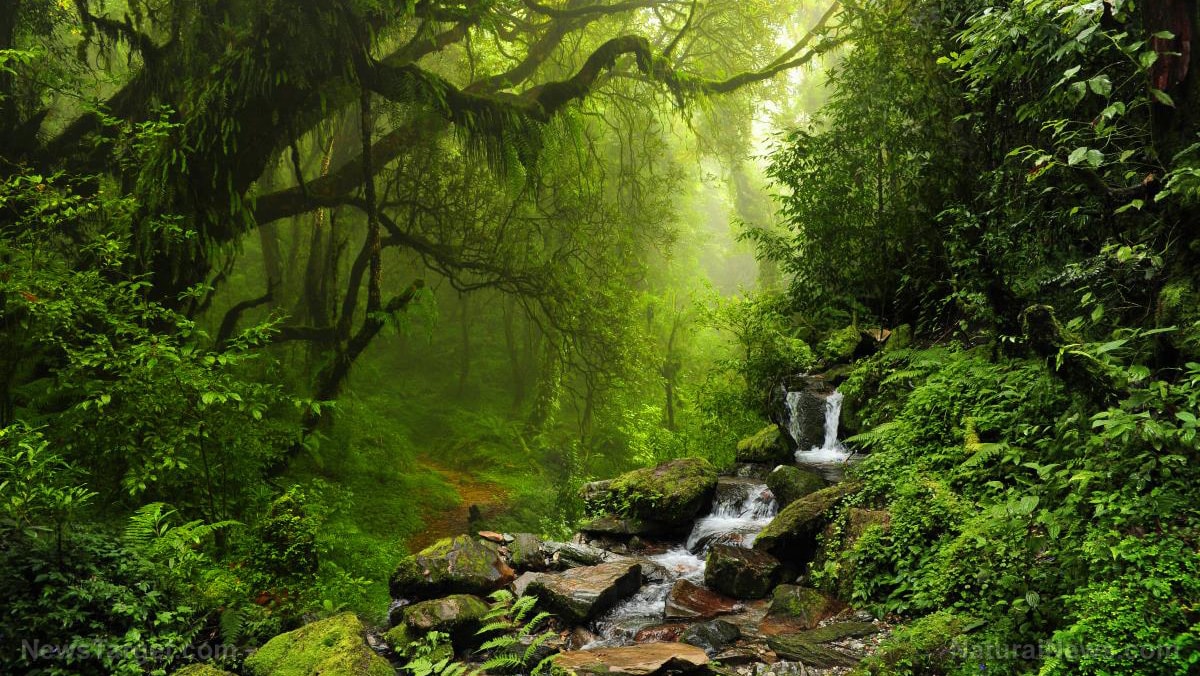
Covering a staggering 1.4 billion acres, the Amazon forest is undoubtedly the largest tropical rainforest in the world. It covers not only half of Brazil, but also spreads across Bolivia, Colombia, Ecuador, Peru, Venezuela and Suriname. It is home to a third of the world’s biodiversity, and is known as the ‘lungs of the Earth.’ Unfortunately, scientists speculate the disappearance of this massive rainforest in just less than 50 years! Again, deforestation, global warming, mining and illegal poaching are to blame.
The Great Barrier Reef
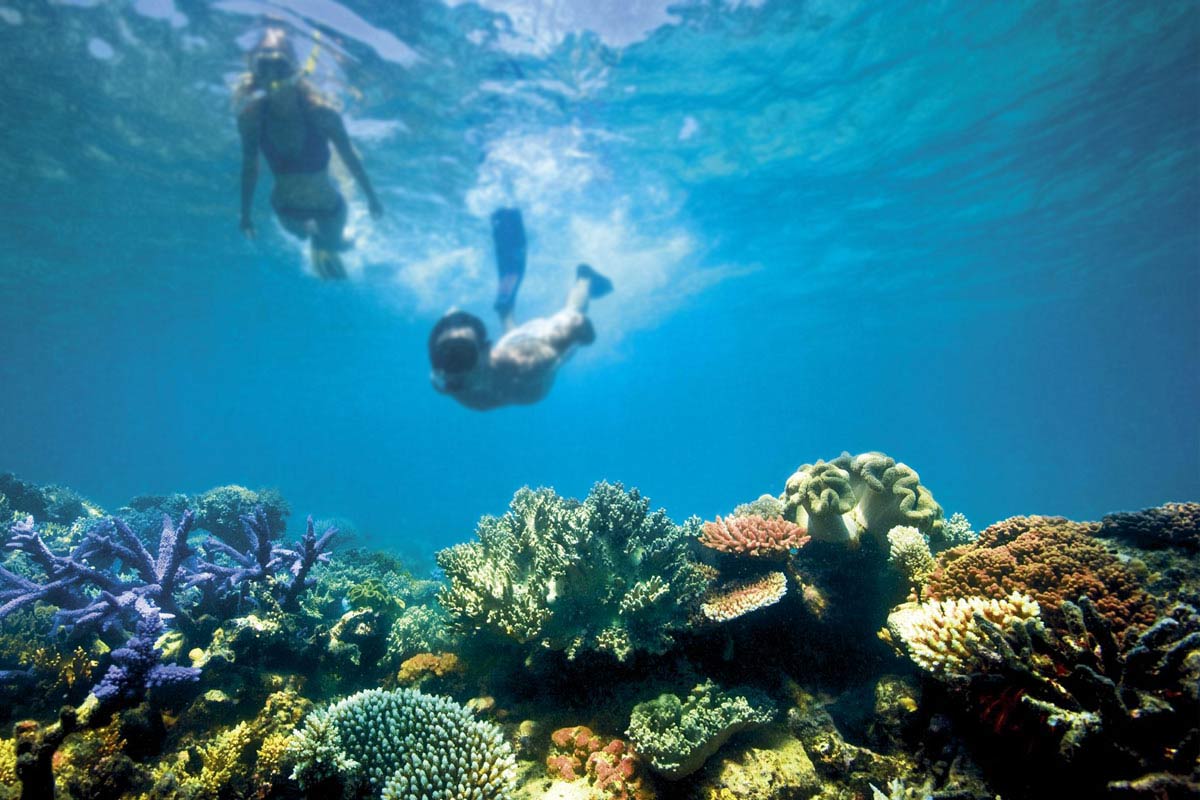
One of the richest places in biodiversity, the Great Barrier Reef is home to over 600 islands, 1500 species of fish, and 2900 coral reefs. Being an important tourist spot, this is one of the main reasons for its erosion. Over the past three decades, this rich reef has lost over half of its corals as a result of coral bleaching and ocean acidification. Environmentalists predict that if carbon levels and sea temperatures continue to rise, the corals could face irreparable damage by 2030, thus killing all the fish in the reef.
Maldives

Maldives is popularly known for its scenic beaches with sparkling teal seas, white sand, seafood and luxurious hotels and water bungalows. Scuba diving is one of the greatest attractions here. Unfortunately, this is the lowest lying country in the world, which means it will probably be the first to be entirely engulfed by the Indian Ocean in less than a century.
Glacier National Park – United States

One of the most beautiful parks in the United States, the park lives certainly up to its name. At since its inception, the park was home to about 150 glaciers and animals like elk, mountain goats and grizzly bears. Today, there are only 25 glaciers in the whole park, and far less wildlife. By the year 20130, scientists believe that there might not be any glaciers left at all.
Taj Mahal
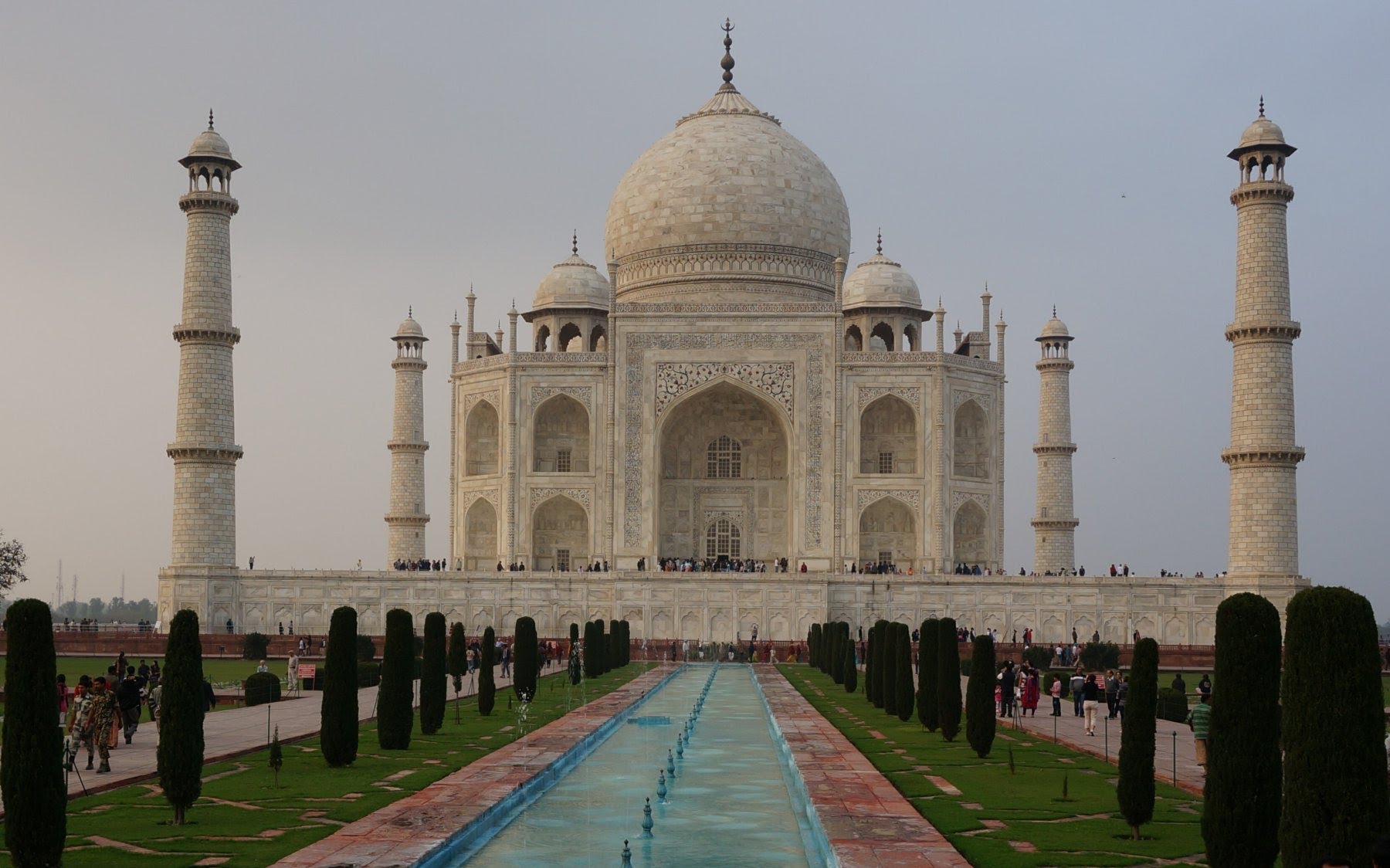
One of the 7 wonders of the World, the Taj Mahal is the epitome of grace and splendour. Around 3-4 million tourists visit the Taj Mahal from all over the world, which has inevitably eroded the building, along with the massive air pollution, river pollution and the decaying of the wood which supports the entire structure. In order to not let the monument collapse, the Taj Mahal is rumoured to close its doors to tourists forever, in no less than 4 years.





























